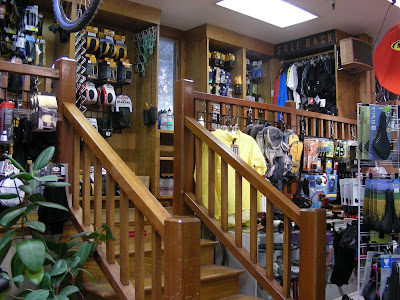 Let’s face it, there’s nothing more PRO than the V. Taking the win with arms outstretched is always irrefutably, indelibly hip. But even among victories, delivering the coup de grace as the rider all eyes follow gives satisfaction greater than any passing grade.
Let’s face it, there’s nothing more PRO than the V. Taking the win with arms outstretched is always irrefutably, indelibly hip. But even among victories, delivering the coup de grace as the rider all eyes follow gives satisfaction greater than any passing grade.But that final attack is hours, weeks, even a whole season in the making. And even after the training kilometers culminate in peak form there is the start. As a previous winner there is the introduction, the reminder to the competition of the previous successes. Imagine many of the world’s best PROs, guys unafraid of the greatest names in the sport, guys who wouldn’t cower in the presence of even Lance Armstrong, looking at the favorite and wondering, “Can I take him?”
After a previous win a favorite must roll out knowing every contender on the day has marked him as surely if a bullseye were on him. Win a second time and he will be watched by not just other riders with ambitions, but every domestique for every rider with ambitions.
The favorite gets no rope, no privileges. Even the smallest acceleration is met by response from the whole of the group.
Every rider present is united in purpose: Their team can’t possibly win if he is allowed to escape. For some, knowing it’s you against the world would be too much and the pressure would sap the legs. And yet, there are those rare riders immune to the pressure.
It would easy to dismiss the pressure as a numbers game; the strongest rider surely will have one attack more than the competition. But the numbers never tell the story, do they? Who can know how many attacks one has?
But we all know it’s not as simple as math. That would make accounting exciting and the unknown of a race the chaos of an earthquake. A reservoir within holds the knowledge of what it took to win before, holds the immunity to self doubt, the power to vanquish all those working against him, a power surely fed by those screaming to see the drama unfold.
Image courtesy John Pierce, Photosport International






























